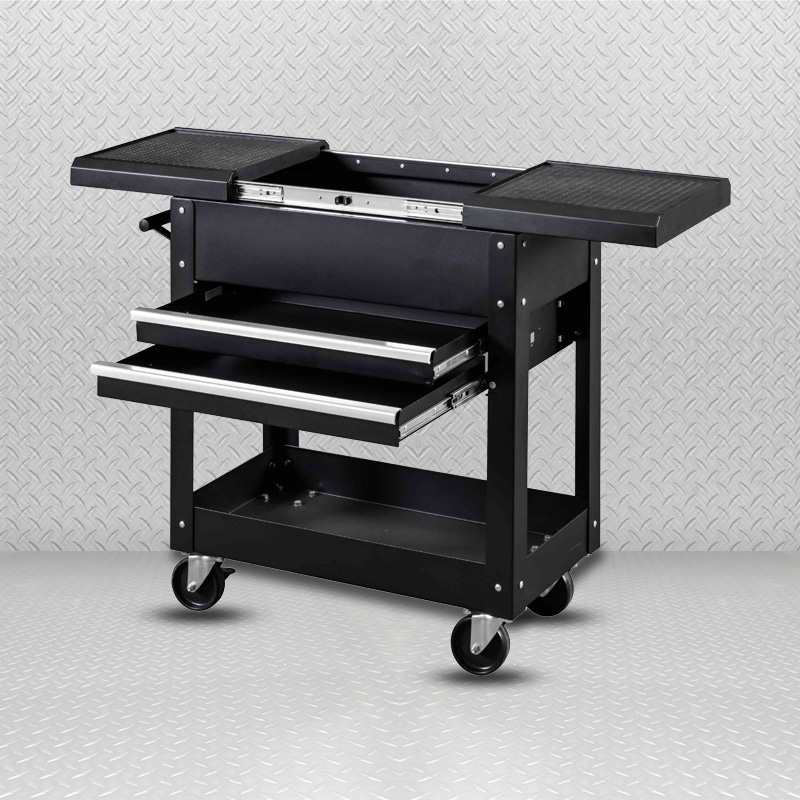The welding, cutting, and surface treatment processes involved in handling a metal tool cabinet are comprehensive and require precision at every step to ensure the final product is both aesthetically pleasing and durable.
When it comes to welding techniques, what needs to be considered is choosing the appropriate method, such as TIG welding, MIG welding, or manual arc welding, depending on the material and thickness of the metal tool cabinet.Subsequently, strict control of welding parameters such as current, voltage, speed, and wire diameter is essential to ensure the quality of the weld seam. Preparing for welding is also crucial, including ensuring clean welding joints, using fixtures, and supporting to keep the workpiece stable. After welding, a thorough inspection is necessary, including visual inspection and possible X-ray or ultrasonic testing, to ensure there are no defects in the weld seam.

Similarly, precision is required in the cutting process. Choosing between laser cutting, plasma cutting, or mechanical cutting depends on the type and thickness of the metal. Regular calibration of equipment is critical to maintaining cutting accuracy. During cutting, appropriate parameters are set according to the material, and deburring and polishing of the edges are carried out after cutting to enhance aesthetics and reduce stress concentration.
Surface treatment is a crucial step in giving the
metal tool cabinet its final appearance and protective layer. Before starting treatment, thorough cleaning of the metal surface is necessary to ensure no oil stains, rust, or other impurities. Subsequently, methods such as painting, galvanizing, or anodizing are chosen based on the metal type and purpose, with strict control over parameters such as temperature, time, and coating thickness. After treatment, a detailed visual inspection is conducted to ensure the coating is uniform, free of bubbles or missed spots, and has sufficient adhesion.
Safety is paramount throughout the entire process. Adherence to all safety protocols and wearing appropriate protective equipment is mandatory. Additionally, regular inspection and maintenance of equipment are crucial to ensuring process quality and stability.
Through such a comprehensive processing workflow, we can ensure that the metal tool cabinet achieves the good quality and performance in welding, cutting, and surface treatment, providing users with an aesthetically pleasing and durable product.










